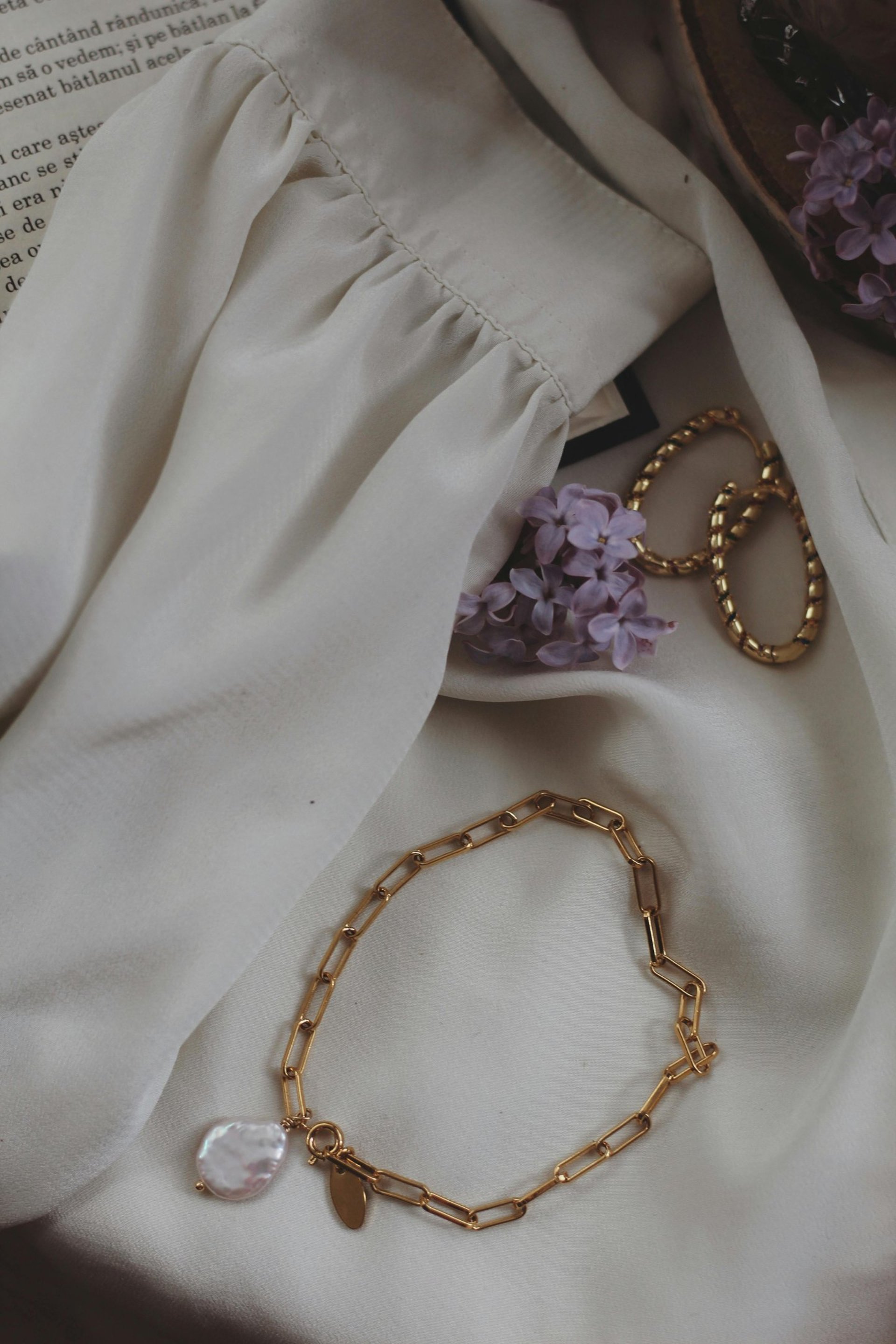
The Tone Edit Why Elegance Isn’t Aesthetic Minimalism — It’s Strategic Discernment
Elegance isn’t about blank space—it’s about precision. Discover how strategic discernment transforms your style, home, and rituals into a life that feels intentional, intelligent, and unmistakably yours.
STYLE & SUBSTANCE
Aurora Vale
2 min read
Minimalism asks,
“Do you really need that?”
Elegance asks,
“Does that reflect who you are?”
The former often removes.
The latter refines.
There’s a quiet tension between the two.
Aesthetic minimalism strips down for simplicity’s sake — all white walls, empty counters, invisible branding. The reward is a kind of visual calm, but sometimes at the cost of warmth, story, and connection.
Elegance doesn’t fear detail. It curates it.
Because true refinement isn’t about restriction.
It’s about discernment.
Elegance as an Energetic Filter
The most elegant spaces aren’t the most minimal.
They’re the most exact.
Everything feels intentional — not because it’s bare, but because it belongs.
Imagine:
A single vase on a walnut desk, holding one stem of green hydrangea, catching late-morning light.
A sharp-shouldered coat draped over a Parisian café chair, its lining glimpsed like a secret.
A fragrance that lingers softly, not loudly — a whisper of vetiver that feels as personal as a signature.
Elegance isn’t afraid of beauty.
It just insists that beauty earn its place.
And that changes everything.
From Subtracting to Selecting
Minimalism asks, “How do I simplify?”
Elegance asks, “What’s worth including?”
That shift changes how you choose — in your home, your wardrobe, your work, even your relationships. Minimalism can be a relief when you’ve been buried under excess. But elegance is what allows you to live with the right pieces, the right textures, the right presence.
Closet
Topic
Minimalism Asks
Elegance Asks
Home
Digital Tools
Time
Can I own fewer clothes?
What silhouette reflects my emotional tone?
Can I remove clutter?
What object tells the right story in this space?
Can I eliminate apps?
What system holds me with grace?
Can I do less?
What is worth my focused attention?
Elegance isn’t subtraction for its own sake.
It’s strategy through curation.
What This Looks Like in Practice
In your space:
Let each item affirm your rhythm. Don’t display for status — display for resonance.
In your wardrobe:
Select pieces with silhouette, softness, and staying power. Your coat should look as right in ten years as it does today.
In your tools and systems:
Don’t chase features — choose flow. The right software should disappear into the background of your life, not demand constant management.
In your rituals:
Refuse the rush. Build routines that return you to yourself before you return to the world.
Why Strategic Discernment Feels Different
When you practice discernment, you stop living reactively.
You stop buying because of trends, decorating because of what “should” fill a space, or saying yes to things that dilute your focus.
You start choosing like someone who knows their tone — and protects it.
It’s not about having fewer things.
It’s about having things that actively participate in your life.
A scarf that changes the whole energy of a winter outfit.
A coffee mug that makes you feel anchored every morning.
A task management tool that lets you work less, not just “manage” more.
Elegance sees the long game — it knows that a thing worth keeping is a thing worth investing in.
Minimalism can be a reset button.
Elegance is the language you learn after the reset.
When you know your tone, you don’t fear a full closet — because every piece belongs. You don’t fear a detailed interior — because every element earns its light. You don’t fear complexity — because you’ve curated it into coherence.
Elegance is not less.
It’s the most you can be, with nothing extra to prove.
Curated insight for a life of
quiet elegance, beauty, and discernment.
© 2025 The Aurora List. All rights reserved.
Curated by Aurora Vale.
The Aurora List
This platform earns through affiliate partnerships — but integrity leads every link.
Based online — shared with intention, not location.
Correspondence
hello@theauroralist.com
